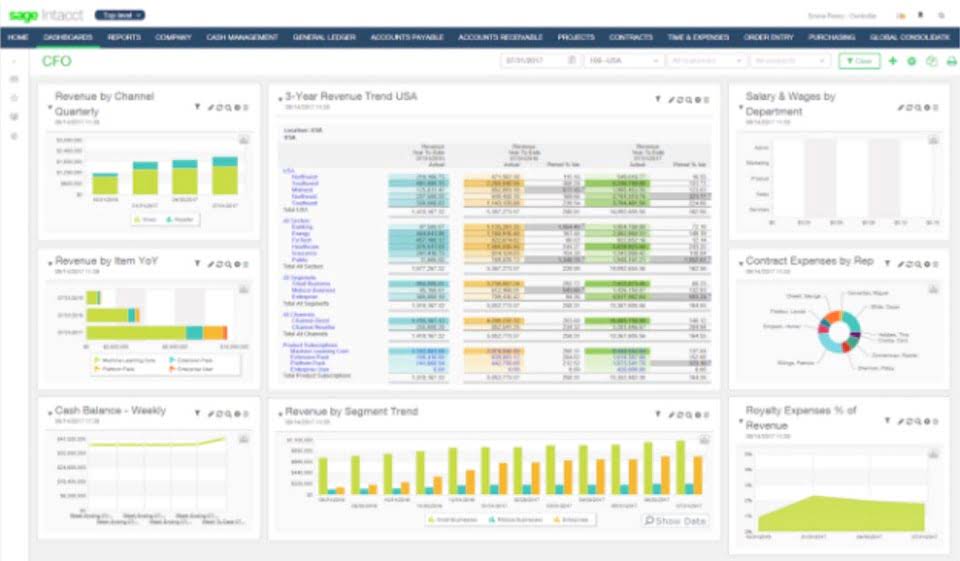Small Business Bookkeeping Guide

You can learn more bookkeeper near me about it in our guide to units of production depreciation. In other words, all charges you had to pay in relation to the purchase of the fixed asset should be included in the fixed asset cost. As much as possible, pay vendors on time to avoid late payment penalties. If you don’t have enough cash, try utilizing a line of credit to borrow quick cash. The availability of cash also depends on how efficient you are in collecting receivables from customers.
QuickBooks Support

You should select a depreciation method that matches the fixed asset’s usage pattern. Below, we cover the bookkeeper’s responsibilities in greater detail as we look into invoicing, billing, cash tracking, inventory tracking, and fixed asset accounting. It will also record transactions automatically anytime an invoice is created or a bill is paid. Entering transactions is like filling up a form and, once you save it, the accounting software posts it to the accounts affected automatically. Becoming a bookkeeper is a good career option if you have a way with numbers.
What is the best bookkeeping software for small businesses?

You can either keep hard copies or opt for electronic files by scanning paperwork. Fixed petty cash asset accounting involves recording the cost of fixed assets, accounting for depreciation, and recording its disposal. However, most of the work here is in depreciation accounting since it is not every day that businesses purchase new fixed assets or sell old ones. Learn more in our article on what fixed asset accounting is, which includes four important things you need to know. Due to the timing difference between when a check is written and when it clears the bank, the bank and book balances of cash seldom agree.
Bank Reconciliation
- They serve as the custodians of a business’s financial data, maintaining comprehensive records that reflect the financial activities of the company.
- It’s essential for businesses to devote time and money to keeping accurate financial reports.
- Regardless of business type, bookkeeping has some common components to help you understand your finances and make suitable strategies.
- In these documents, transactions are recorded as a single entry rather than two separate entries.
Bookkeeping is the process of organizing and maintaining business (or individual) financial records. Bookkeeping is the recording phase while accounting is concerned with the summarizing phase of an accounting system. Bookkeeping provides necessary data for accounting and accounting starts where bookkeeping ends. This content is for information purposes only and should not be considered legal, accounting, or tax advice, or a substitute for obtaining such advice specific to your business. No assurance is given that the information is comprehensive in its coverage or that it is suitable in dealing with a customer’s particular situation. Intuit Inc. does not have any responsibility for updating or revising any information presented herein.
Accounts Receivable

Hence, always maximize and prioritize customer collections before borrowing money. Better yet, encourage customers to pay using credit cards and via e-wallet. You will no longer have to handle physical cash with electronic payments and therefore, reduce the risk of theft or loss of cash. When setting payment terms, try to base them on the payment terms of your competitors so that you don’t lose customers. The term “transaction” refers to the business activity, in which the exchange of money or money’s worth for goods or services is involved.
- This means recording transactions and saving bills, invoices and receipts so you have all the data you need to run reports.
- Finding the right level of cash to be kept on hand requires a proper cash flow forecast and cash monitoring.
- This is the perfect choice for people who work as freelancers or run a one-person shop.
- Efficient bookkeeping involves foresight, meaning that a business should always plan for upcoming financial events, including tax time.
- Each purchase, whether for office supplies or company assets, must be recorded along with the corresponding invoices.
- Conversely, less robust methods of bookkeeping will not suffice for large corporations.
Step 5: Make Sure Your Transactions Are Categorized

Bookkeepers help business owners manage Insurance Accounting their finances by documenting transactions, paying and issuing invoices, generating reports, and recording accurate financial data. Bookkeepers can also deliver reports on your business’s financial standing. Bookkeeping is the systematic process of tracking, recording, and organizing an organization’s financial transactions or records daily or regularly. It’s an important part of accounting that helps you make effective financial decisions and supports tasks such as budgeting, tax planning, and auditing.
- These transactions are first recorded as general ledger, which are later used while preparing a balance sheet.
- A well-run bookkeeping function is an essential requirement for organizations, because it quantifies the results of their operations.
- For example, there’s cash basis accounting and accrual basis accounting.
- Some credit Benedetto Cotrugli and his 1458 book Of Commerce and the Perfect Merchant.
- It is the most adopted bookkeeping technique used all around the globe.
- The following four bookkeeping practices can help you stay on top of your business finances.
However, businesses that sell luxury or high-value goods like vehicles will almost always see payments in the form of checks. When comparing accountants and bookkeepers, know that an accountant may also be a bookkeeper. You know what a bookkeeper does and what their day-to-day responsibilities look like. A bookkeeper can help ensure your business finances are organized and lets you focus on running and growing your small business.





